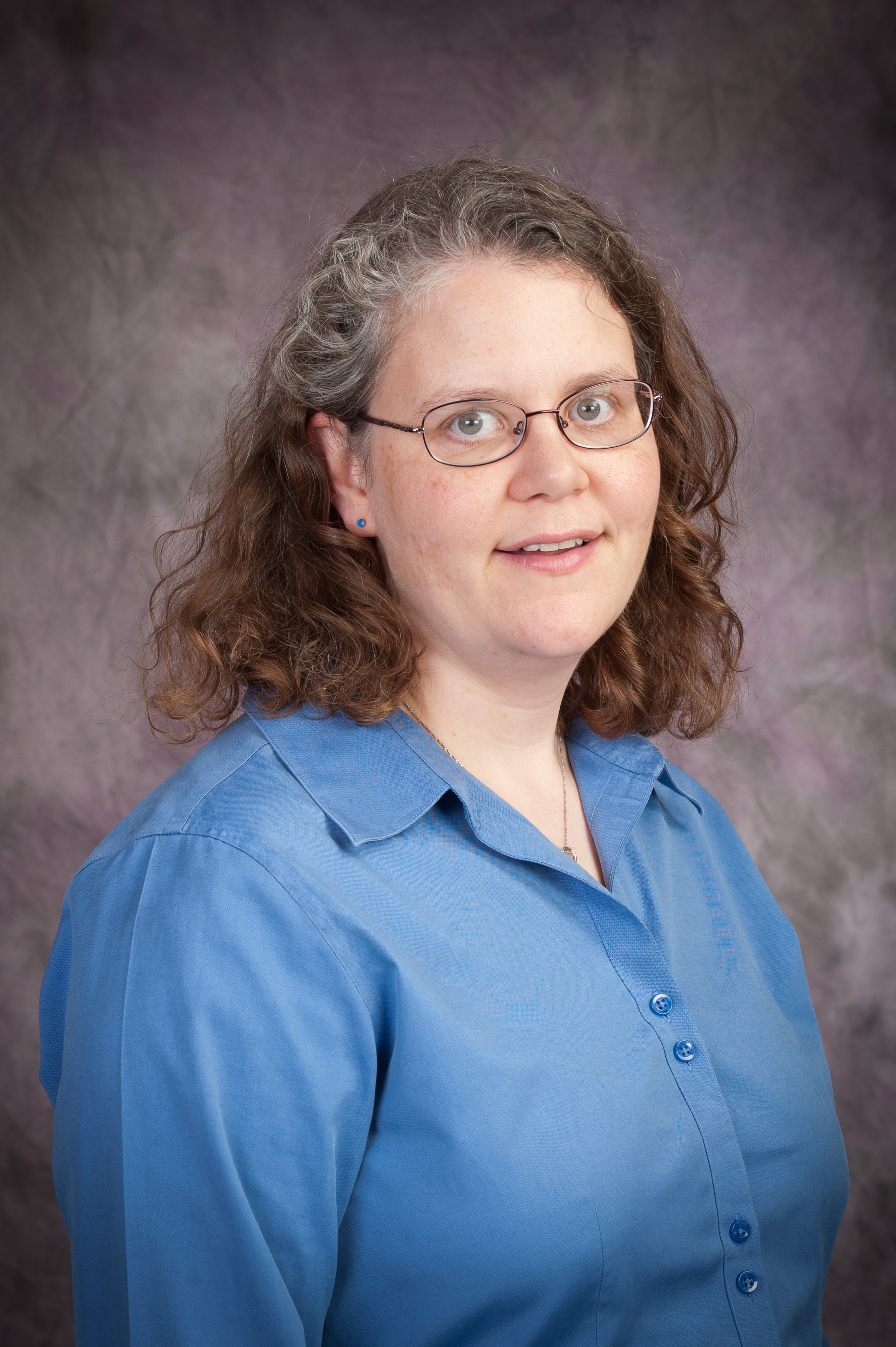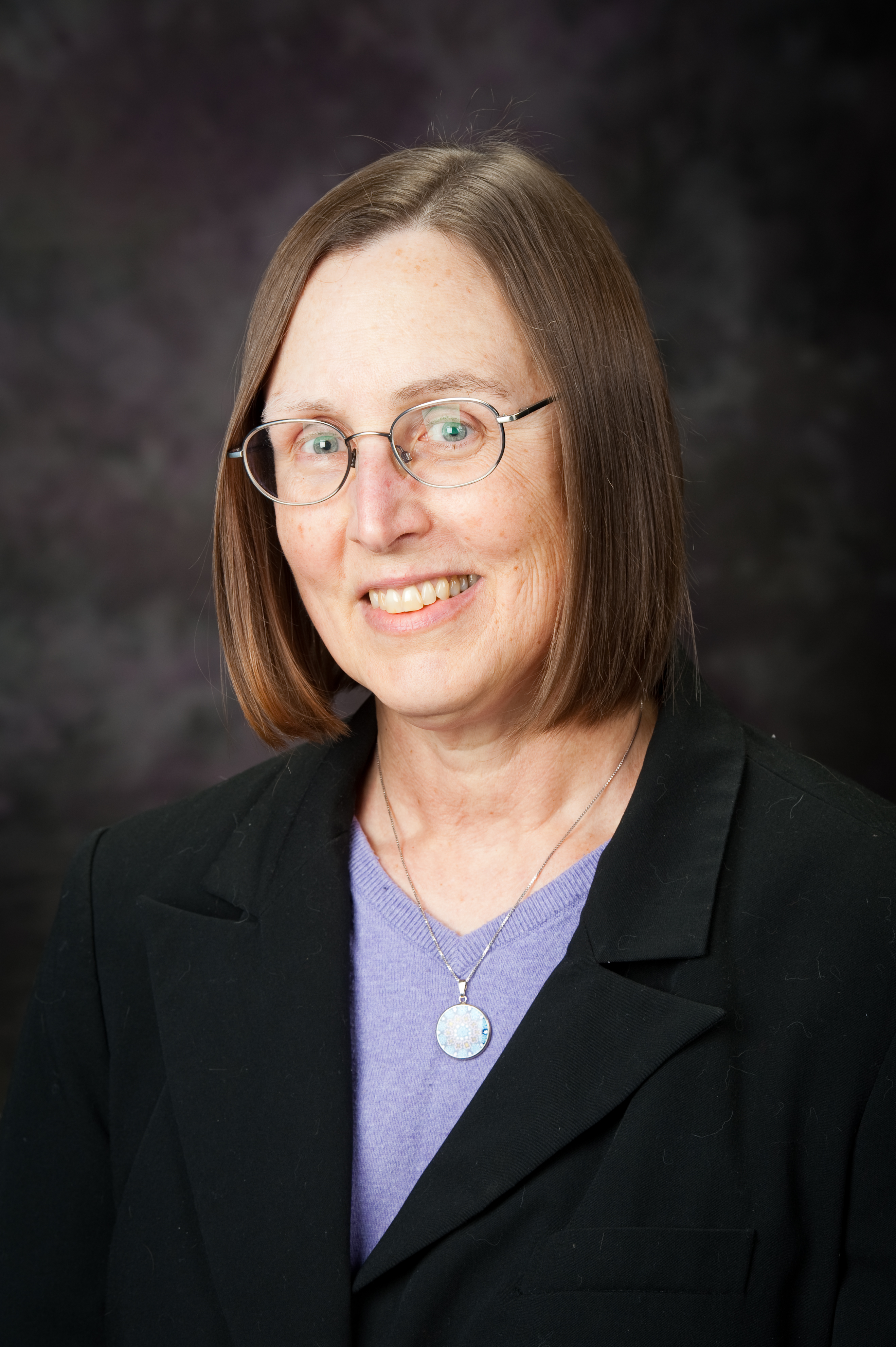Three Kansas State University teams awarded more than $2.5 million by National Science Foundation for research instrumentation
Wednesday, Oct. 18, 2017
MANHATTAN — Teams led by three Kansas State University researchers have been awarded National Science Foundation Major Research Instrumentation grants. The grants will provide more than $2.5 million to advance understanding of lipids, agriculturally significant gases and nanoparticles, as well as student training and regional research capacity.
Universities are allowed to submit only three proposals each year to the NSF MRI program, and having all three proposals funded is relatively rare. Out of 154 organizations competing this year, Kansas State University was one of only five universities to receive three awards. Beth Montelone, senior associate vice president for research, said the university's proposals likely were successful because the projects demonstrate benefits to more than one field.
"I think one of the reasons that all three were funded is that they're all collaborative, interdisciplinary efforts with involvement from investigators from multiple departments and projects," Montelone said.
The largest of the three awards, $1.69 million, will support the development of a new instrument that is the result of a groundbreaking collaboration between physics and agronomy. The project is led by Kristan Corwin, Ernest K. and Lillian E. Chapin professor of physics and interim associate dean for research in the College of Arts and Sciences. Corwin and her co-investigators — Stephen Welch, professor of agronomy; Eduardo Santos, assistant professor of agronomy; and Brian Washburn, associate professor of physics — will work to adapt a Nobel Prize-winning technology that precisely measures optical frequencies. The optical-frequency comb allows such exact measurements that it can help researchers tell one molecule from another. Corwin's team will work to adapt dual-comb spectroscopy to characterize interactions between soil, plants and atmosphere in crops. Ultimately, they hope the instrument will help agronomists improve crop genetics and feed the world's growing population.
Corwin said the goal is to obtain real-time information about how plants are using resources.
"If we want to understand the effects of fertilizer and water on plants and how these interact with plant genetics to produce the best crop characteristics, we have to be able to measure as much as we can about them," she said.
Corwin is excited at the prospect of advancing laser physics while learning more about agronomy. She said a Kansas State University strategic investment in this collaborative effort several years ago helped lay the groundwork for this project.
"We had to build a common language and recognize areas of common understanding and where the same word means something different," she said.
A second award of $496,823 will help researchers enhance food, industrial and energy crops by advancing understanding of lipids, compounds that help plants store energy and conduct other vital biological processes. The Kansas Lipidomics Research Center will purchase a new, powerful mass spectrometer that will improve the speed and specificity of its analyses. The instrument maker is awarding another $50,000 through the SCIEX Academic Partnership program to help maintain the new instrument.
Ruth Welti, university distinguished professor of biology and director of the center, said her team is working to identify and characterize the functions of genes associated with desirable traits in plants, such as cold and heat tolerance. Now that many plant genomic sequences are available, researchers can identify alleles of specific genes associated with desirable traits. Studying lipids helps to characterize the molecular basis of the traits.
"By measuring lipids, we can correlate genetic and physiological traits with metabolic traits and biochemical pathways," Welti said. "We can determine the biochemical mechanisms of field traits and the underlying genetics."
Welti's co-principal investigators are Geoffrey Morris, assistant professor of agronomy; Krishna Jagadish, associate professor of agronomy; Kathrin Schrick, associate professor of biology; and Timothy Durrett, assistant professor of biochemistry and molecular biophysics. The team will develop rapid, specific methods for analysis of plant metabolites.
"Analytical systems are available to measure lipids and other metabolites important in human health, but there is no plug-and-play analytical system for plant lipids," Welti said. "Thus, as part of our work, we'll develop a lipid analytical system that can be adopted in other labs."
The third award of $350,000 will support acquisition of a graphic processing unit, or GPU, enabled computer cluster. Christine Aikens, professor of chemistry, is the principal investigator. Aikens and her team will use the GPU-enabled cluster to enhance efforts to gain atomic-level insights into chemical mechanisms and biological interactions of nanoparticles and biomolecular simulations in general. The new cluster will be housed in Beocat, the Kansas State University's research computing cluster, and will be available to other researchers at the university and other colleges and universities in Kansas.
Aikens' co-principal investigators are Bin Liu, assistant professor of chemical engineering; Paul Smith, professor of chemistry; Jeffrey Comer, assistant professor of anatomy and physiology; and Daniel Andresen, professor of computer science and director of Beocat. Jeremy Schmit, associate professor of physics, is a senior investigator on the proposal. Projects will include modeling nanomaterials in an effort to understand light harvesting systems, how nanoparticles behave in the body and more. Aikens said the group's work to find underlying principles is filling gaps in the field.
"It's a puzzle we need to try to solve," Aikens said. "We are exploring where no one has gone before — there's always something new and interesting."
The high-memory nodes in the new cluster will help Aikens complete calculations that aren't possible with the current system; for instance, her team will be able to model nanoparticles that contain a few thousand atoms rather than a few hundred.
"Bigger and faster is always great when you talk computing," Aikens said. "This is definitely a big step for K-State computing."
Montelone said she is happy to see the university build on past success with the NSF MRI program. The university has received a total of 18 MRI awards since the program's inception and previously had two proposals in one year funded in 1999, 2005 and 2012. She's optimistic about future years.
"We have a good process," Montelone said. "We're getting information out to more investigators, and because we have a pre-proposal competition, we're choosing the best proposals. Our faculty are stepping up and writing really strong proposals."



